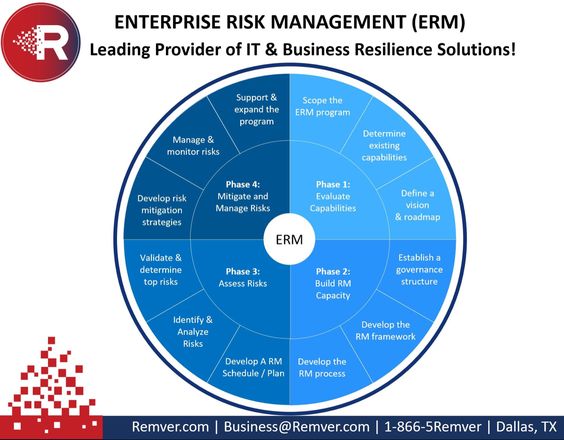“Establish the Context”
Managing risk is an essential part of any business, project or organization. A risk management plan can help identify, assess and mitigate risks that may impact your business objectives. Here are the steps involved in the risk management planning process.
“Risk Identification”
The first step is to establish the context in which the risk management plan will be developed. This involves defining the project or business objectives, identifying stakeholders, and understanding the external and internal factors that may impact the project or business.
“Risk Assessment”
The next step is to identify potential risks that may impact the project or business objectives. This involves brainstorming sessions, checklists, interviews, and other techniques to identify risks.
“Risk Prioritization”
After identifying potential risks, the next step is to assess the likelihood and impact of each risk. This can be done using qualitative or quantitative analysis techniques.
“Risk Mitigation”
Once risks have been identified and assessed, the next step is to prioritize the risks based on their likelihood and impact. This involves ranking risks in order of priority so that the most critical risks can be addressed first.
“Risk Monitoring”
The next step is to develop a plan for mitigating the risks that have been identified. This can involve developing contingency plans, allocating resources, or modifying the project or business plan to reduce the impact of the risks.
“Risk Communication”
After implementing risk mitigation strategies, the next step is to monitor the risks to ensure that they do not resurface or have an impact on the project or business objectives. This involves tracking the effectiveness of mitigation strategies and making adjustments if necessary.
You might find these FREE courses useful
“Risk Review”
Risk communication involves informing stakeholders about the risks that have been identified, assessed, and mitigated. This can involve developing reports, presentations, and other communication strategies to ensure that all stakeholders are aware of the risks and mitigation strategies.






